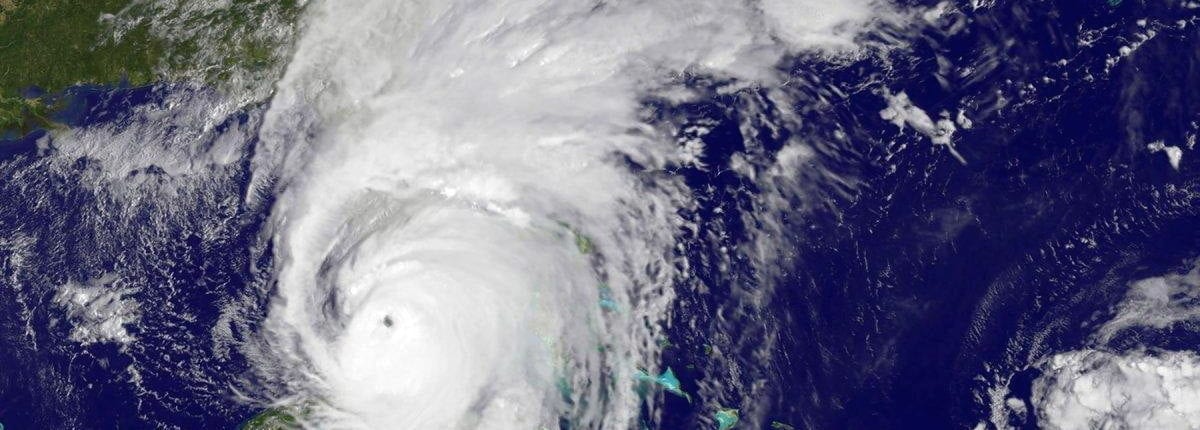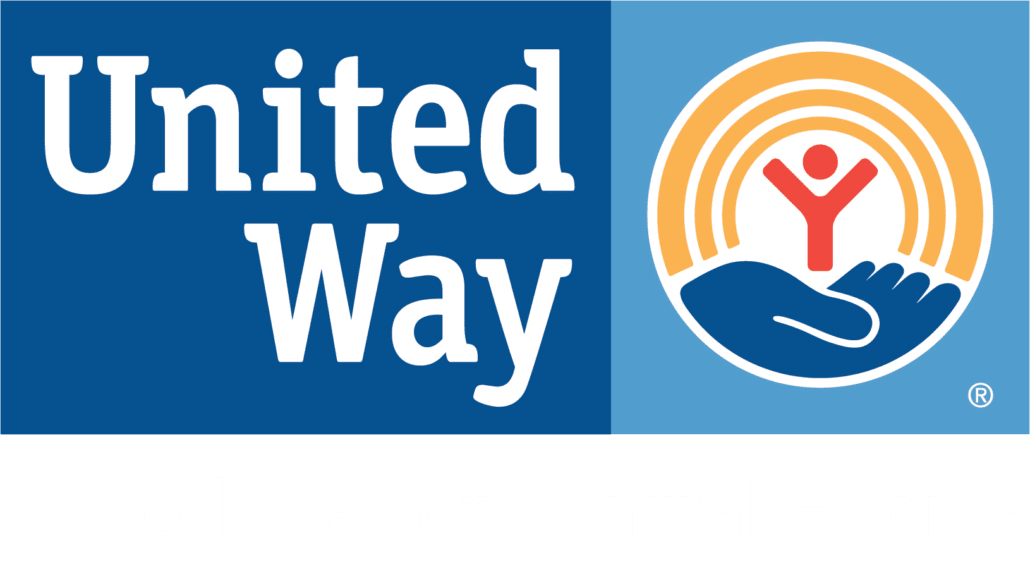As Floridians we are accustom to the many seasons our state experiences throughout a year: tourism, Love Bug, citrus, football, but Hurricane Season is probably our least favorite. Hurricane season runs from June 1 to November 30 and 2020 is predicted to have an above-average number of tropical storms and hurricanes. This year we are also in the midst of a global pandemic. This means we need to be more prepared than ever. Luckily, this is not our first rodeo, so as we head into the danger zone, here are a few things you can do to prepare:
Build an Emergency Kit
You may need to survive on your own for a few days after a hurricane. Being prepared means having your own food, water and other supplies to last for at least 72 hours. A disaster supplies kit is a collection of basic items your household may need in the event of an emergency.
Basic supplies you should have in an emergency kit:
- Water – 1 gallon per person per day for 3 to 7 days
- Food – non-perishable and canned food supply for 3 to 7 days
- Battery-powered or hand crank radio with extra batteries
- Cell phone with charger
- First aid kit and first aid book
- Flashlight and extra batteries
- Manual can opener for food
- Anti-bacterial hand wipes or gel
- Wrench or pliers to turn off water
- Blanket or sleeping bag – 1 per person
- Prescription medications and glasses
- Seasonal change of clothing, including sturdy shoes
- Toothbrush, toothpaste, soap, feminine supplies
- Extra house and car keys
- Important documents: insurance policies, copy of driver’s license, Social Security card, bank account records
- Fire extinguisher
- Cash and change
- Books, games or cards
Create a Family Communication Plan
You and your loved ones may not be together when a disaster hits. Make a plan for how you will connect to each other.
Download a Family Emergency Plan worksheet
Know your Evacuation Route
Know the evacuation route from your location and the amount of time needed to evacuate. Think about where you will go.
Evacuation Route and Storm Surge Zone Maps
The Importance of Water
Stocking an emergency water supply should be one of your top priorities so you will have enough water on hand for yourself and your family.
While individual needs will vary depending on age, physical condition, activity, diet and climate, a normally active person needs at least two quarts of drinking water daily. Children, nursing mothers and people who are ill need more water.
Very hot temperatures can also double the amount of water needed. Because you will also need water for sanitary purposes, and possibly for cooking, you should store at least one gallon of water per person per day.
When storing water, use thoroughly washed plastic, fiberglass or enamel-lined containers. Don’t use containers that can break, such as glass bottles. Never use a container that has held toxic substances. Camping supply stores offer a variety of appropriate containers.
Plastic containers, like soda bottles, are best. Seal your water containers tightly, label them and store them in a cool, dark place. It is important to change stored water every six months.
Stay Informed with 2-1-1:
Dial 2-1-1 from any phone to reach a compassionate, trained call specialist 24/7/365 who has access to real-time information on shelters, evacuation routes, and more. Our 2-1-1 call specialists can also help you find food, meal sites, water, and other recovery and rebuilding resources after a disaster, as well.





